Sylvan Cemetery: Architecture, Art and Landscape at Woodlawn.
September 3–November 1, 2014
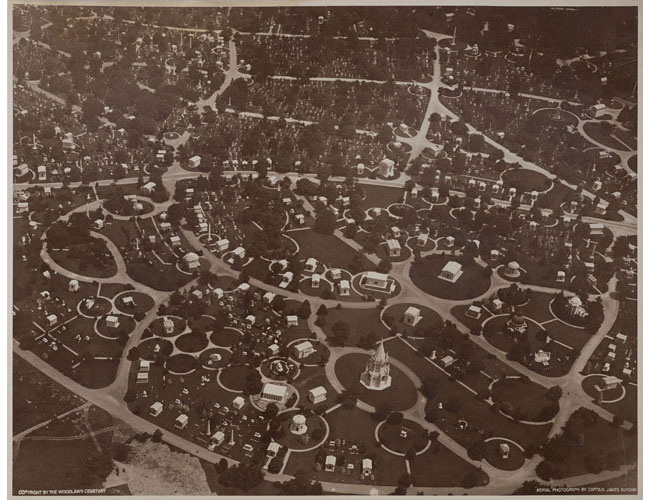
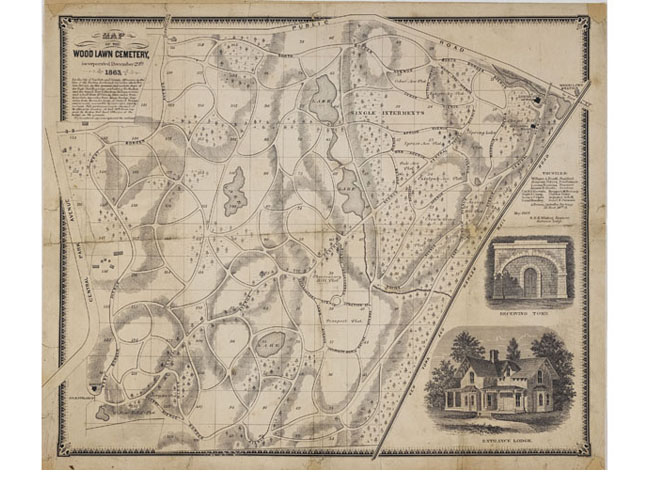
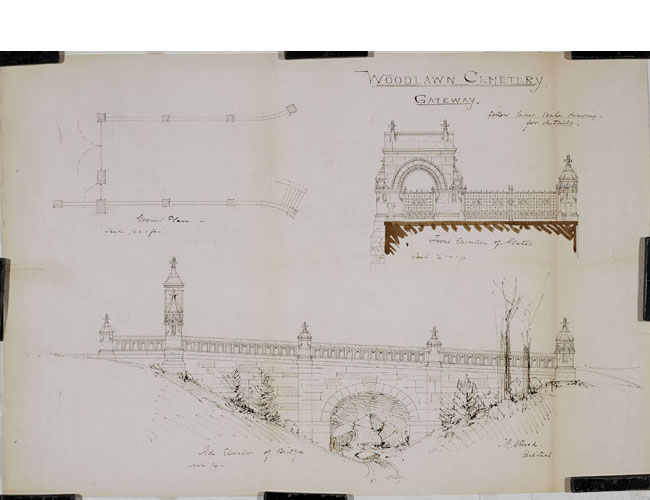
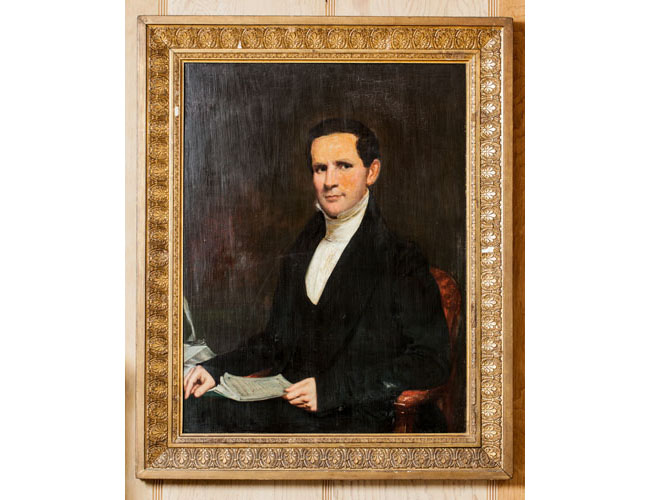
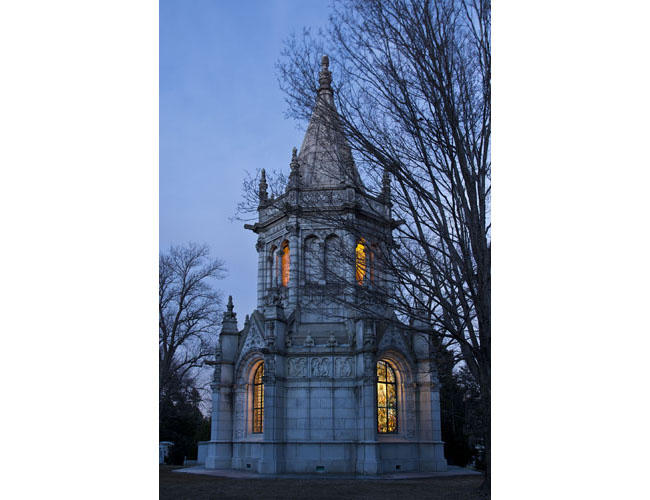
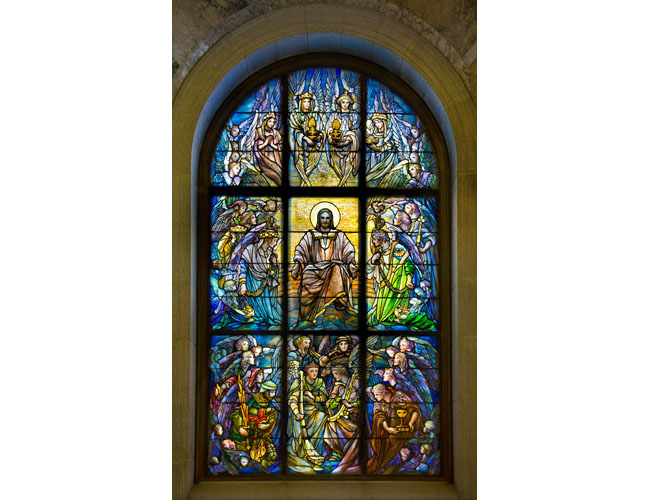
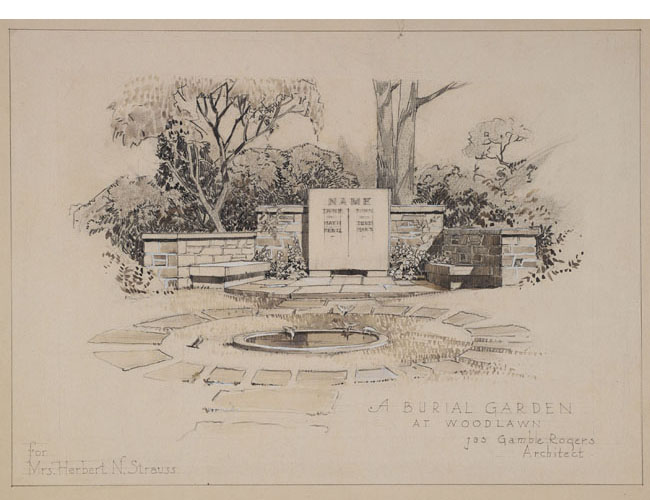
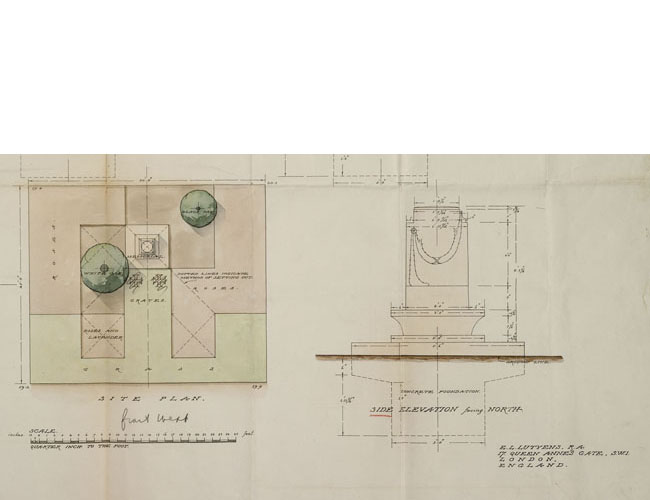
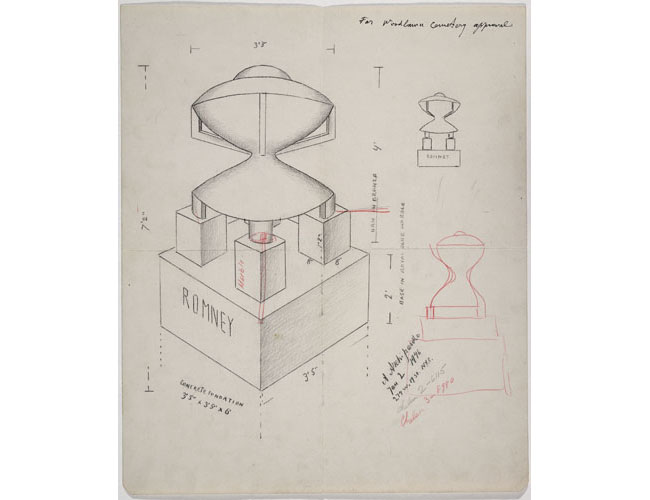
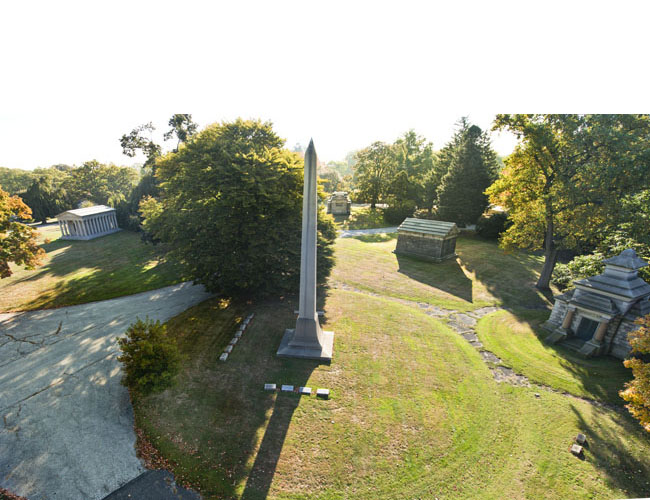
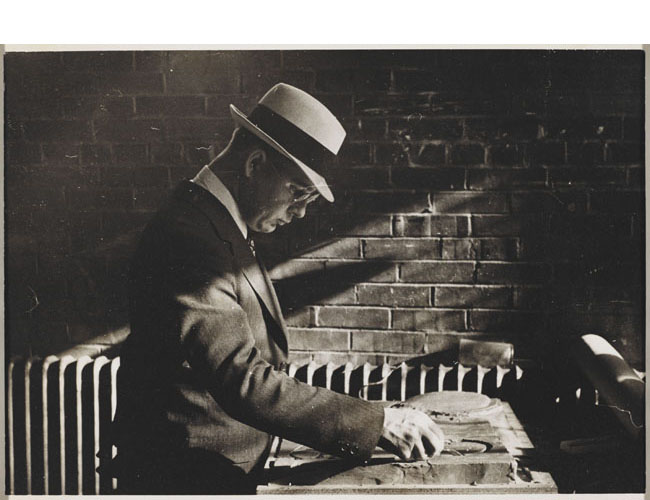
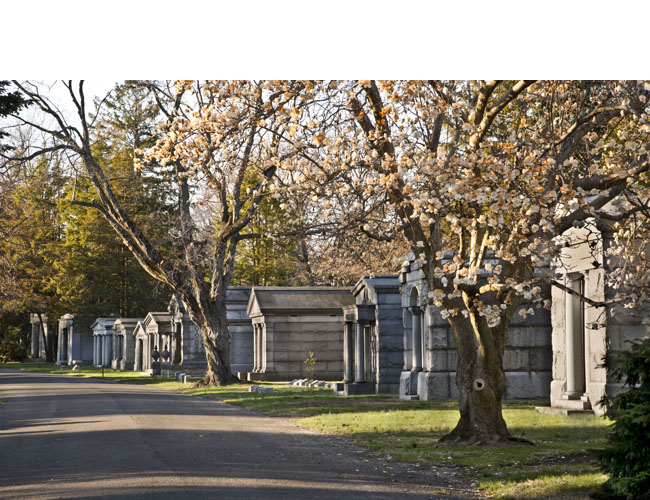
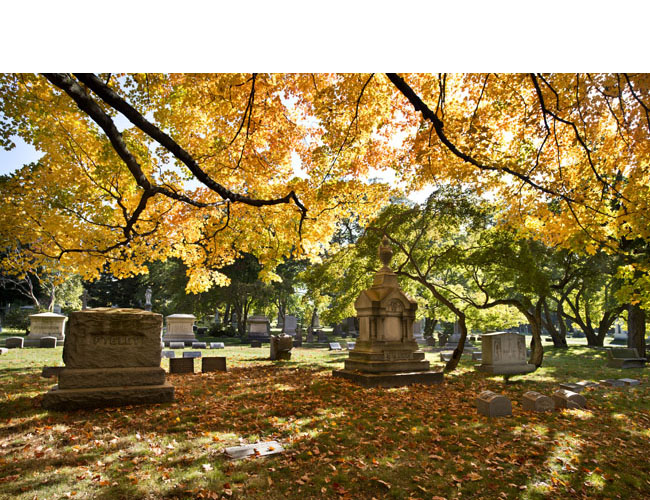
Curated by Janet Parks, Susan Olsen, and Charles D. Warren
Sylvan Cemetery: Architecture, Art and Landscape at Woodlawn coincides with Woodlawn's 150th anniversary celebration, and is an outgrowth of the Cemetery's 2006 gift of its archive—the most complete set of 19th– and 20th–century cemetery records held in the public trust–to the Avery Architectural and Fine Arts Library at Columbia University. The exhibition marks the first time selections from this archive will be displayed.
Sylvan Cemetery highlights the renowned architects, artists, artisans and landscape designers whose work has come to define Woodlawn Cemetery, which was designated a National Historic Landmark in 2011 for the significance of its art and architecture. Through the display of preparatory and design drawings and sketches, maps, building elevations, early photographs, maintenance records and letters, the exhibition will examine Woodlawn's creation in 1863, its response and adaptation to changing ideas about memorial monuments and commemorative landscapes since then and its role in defining the art, architecture and landscape of American cemeteries.
Key objects in the exhibition include: a door from the Straus Mausoleum–the final resting place of Isidor and Ida Straus, who perished during the sinking of the Titanic–created by metalworker Samuel Yellin; a maquette of the Vernon Castle Memorial by sculptor Sally Farnham and a stained glass window by Tiffany Studios, from the Harbeck Mausoleum.
Woodlawn exemplifies the landscape-lawn style of cemetery that became popular after the Civil War. The park-like setting encouraged the creation of freestanding monuments and mausoleums, which wealthy New Yorkers commissioned the leading architects to design and the era's best-known artists and craftsmen to embellish. In the process, fine art sculpture, metalwork and stained glass became central to Woodlawn's landscape and influenced memorials at other American cemeteries. Featured in Sylvan Cemetery will be the work of landscape designers Beatrix Farrand, the Olmsted Brothers and Ellen Biddle Shipman; architects McKim, Mead, & White, Carrère & Hastings and John Russell Pope; as well as craftsmen and artists Rafael Guastavino and son Rafael, Jr., Louis Comfort Tiffany, John LaFarge, Samuel Yellin and Alexander Archipenko.
"The creation of Woodlawn is a classic New York story of money, real estate, art and familial relationships," said exhibition co–curator and Woodlawn Cemetery's historian Susan Olsen. "It is also a national story, which started in the industrial age and goes through today, as prominent Americans continue to choose Woodlawn as their final resting place. This story is written into our landscape and is on view for anyone who visits our monuments and gravesites."
Sylvan Cemetery is co-curated by Janet Parks, Charles D. Warren and Susan Olsen. The exhibition is accompanied by a fully illustrated catalogue, co-published by Columbia University's Avery Library and The Woodlawn Cemetery, which includes an introduction by Susan Olsen and essays by Andrew S. Dolkart, director of Historic Preservation, Columbia University; Alice Cooney Frelinghuysen, curator of American Decorative Arts, Metropolitan Museum of Art; the late Cynthia Mills, Smithsonian Historian Emeritus, and Charles D. Warren, architect and architectural historian. The catalogue also features previously unpublished images of memorials and mausoleums.
The Woodlawn Cemetery has developed a smartphone app for use at the exhibition and the Cemetery. At the Wallach, the app will provide further information about objects on display; at the Cemetery, visitors can use the app to take a self-guided tour of the grounds. The app is available for download in the Google Play and Apple stores.
Events
Symposium: Sylvan Cemetery: Architecture, Art and Landscape at Woodlawn
Saturday, October 25, 1–4 pm
Schermerhorn Hall
(Free and open to the public; galleries will be open from 1–6 pm)
Authors for a new book published on the occasion of the exhibition by Columbia University's Avery Library and The Woodlawn Cemetery, will present their original research on the changing ideas about memorial monuments and commemorative landscapes. Speakers will include: Woodlawn Cemetery's historian Susan Olsen; Professor Andrew S. Dolkart, director of Historic Preservation, Columbia University; Alice Cooney Frelinghuysen, curator of American Decorative Arts, Metropolitan Museum of Art; and Charles D. Warren, architect and architectural historian.
Curators' Gallery Tour
Friday, October 17
4–5 pm
Tours at Woodlawn
Visit woodlawnconservancy.org for more information
Fees vary
Sunday, September 28, 1-3 pm: Eternal Sculpture Garden, with artist Patricia Cronin, sculptor of "Memorial to a Marriage"
"Sylvan Cemetery": Open House New York 2014 special tours:
-Saturday, October 11, 1-3 pm: Designing Woodlawn
-Saturday, October 11, 3-5 pm: Architecture and Landscape
-Sunday, October 12, 1-3 pm: Stained Glass
-Sunday, October 12, 3-5 pm: Sculpture
About The Woodlawn Cemetery
Established in 1863 and spanning 400 acres, The Woodlawn Cemetery in the Bronx, New York, is one of the nation's most distinguished historic cemeteries. In 2011, Woodlawn was designated a National Historic Landmark for its singular importance in the history of the nation and New York City. Woodlawn is also an active cemetery with ongoing burials and funeral services, and more than 310,000 individuals are memorialized on its grounds. The cemetery is one of the nation's finest examples of a 19th–century garden cemetery. Its monuments represent some of the best examples of memorial art and architecture in the nation, including nearly 1,300 private mausoleums designed by some of the most prominent architects of the 20th century. The Woodlawn Cemetery is open to the public free of charge 365 days a year, from 8:30 am – 5:00 pm. Woodlawn is the last stop on the #4 train. The cemetery is also accessible from the Metro North Railroad Harlem Line (Woodlawn Station). For those traveling by car, Woodlawn can be reached from the E. 233rd St. exit off the Major Deegan (#13) and the Bronx River Parkway (#10). For more information, please visit www.thewoodlawncemetery.org.
About the Avery Fine Arts and Architectural Library
The Avery Architectural and Fine Arts Library is one of the most comprehensive collections relating to architecture and the fine arts in the world. Avery collects a full range of primary and secondary sources for the advanced study of architecture, historic preservation, art history, decorative arts, city planning, real estate, and archaeology. The Library contains more than 600,000 volumes, including 40,000 rare books, and approximately 2,300 serials. Avery's Drawings and Archives collection includes more than two million architectural drawings and records.
Avery's Woodlawn archive comprises about 800 linear feet of records and includes documentation on mausoleums and memorials designed by John Russell Pope, McKim, Mead & White, Tiffany Studios and others. It also contains documents related to memorials for many prominent figures in music, theatre, literature, business and politics, such as Duke Ellington, W.C. Handy, George M. Cohan, Herman Melville, Joseph Pulitzer, Fiorello LaGuardia, William Whitney, Elizabeth Cady Stanton, F. W. Woolworth, Alva Belmont and Augustus Juilliard. The comprehensive collection was donated to Columbia University to enable researchers and students to access information about burial plots, owners, maintenance schedules, maps and ledger books. For more information, please visit the Avery Library website.


